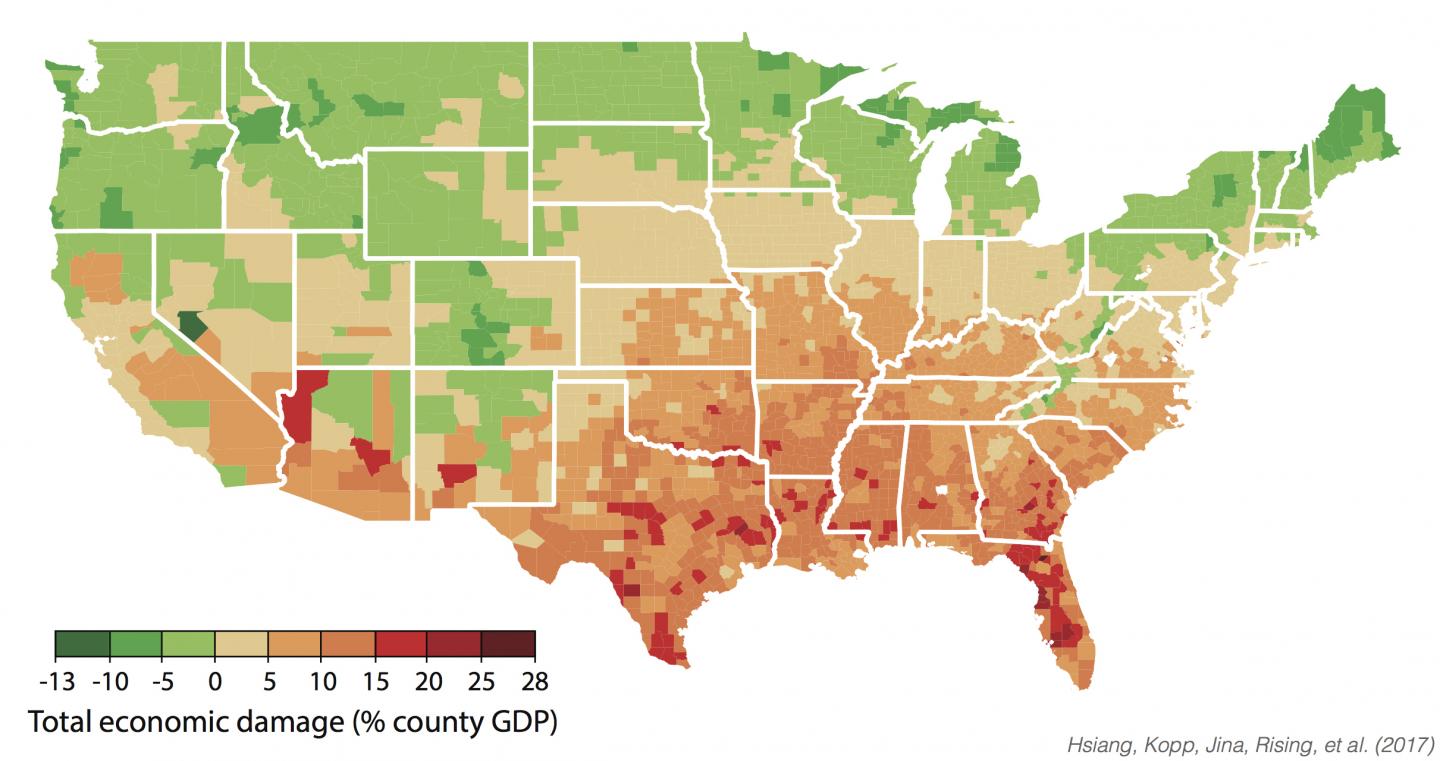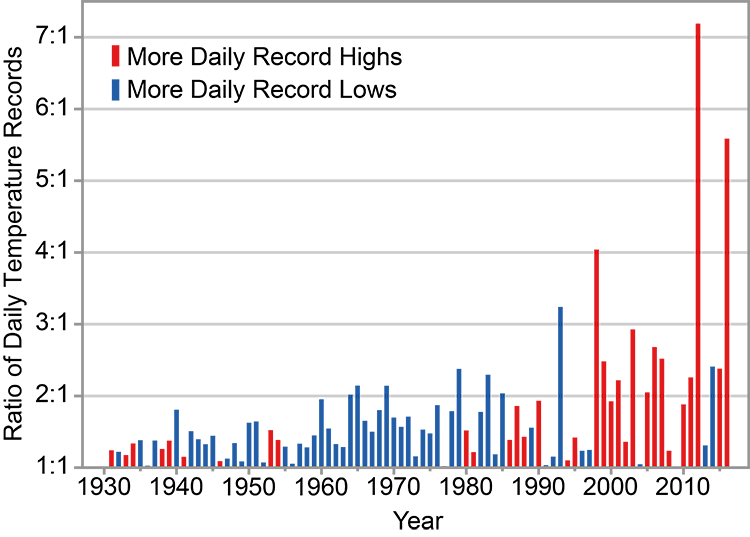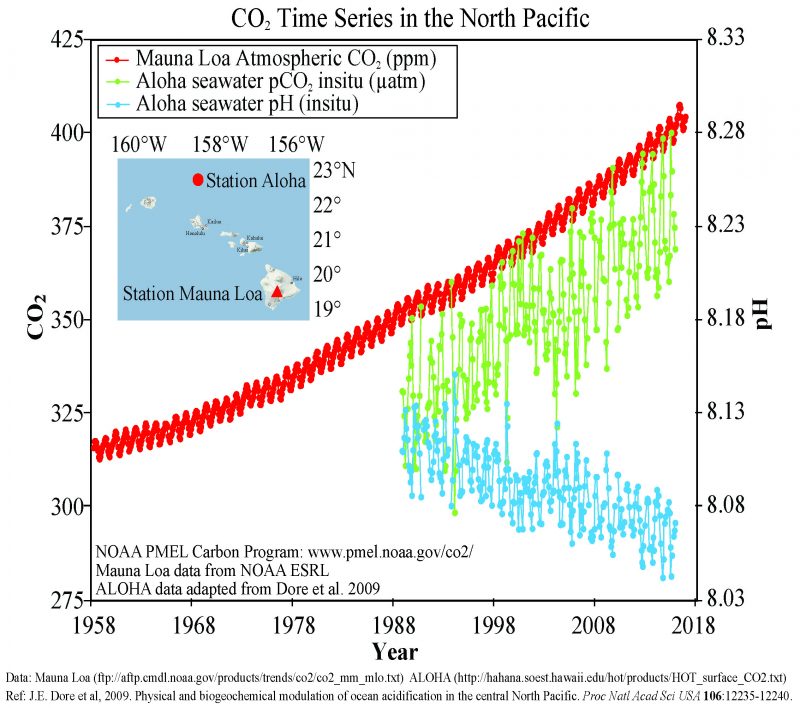Human activity is warming the planet. How much it will warm by the end of this century depends on our choices now.
If we continue to emit a large amount of climate pollutants, global average temperatures could rise between 4.7 degrees F to 8.6 degrees F (2.6 degrees C to 4.8 degrees C) by the end of the century, compared to the average temperature around the end of the 20th century (1986-2005).
Humans, plants, and animals are already feeling the impacts, which will grow over time. Warmer air and water are causing sea level to rise and extreme weather events to be more frequent and intense. Rising carbon dioxide concentrations also are making the oceans more acidic.
Climate impacts are not evenly distributed across the globe nor within the United States. Each degree C of warming is expected to cause about a 1 percent drop in U.S. Gross Domestic Product (GDP), but some regions will likely experience much larger economic losses due to crop productivity losses, coastal damage, and deaths from heat exposure, among other factors. Parts of Florida and the Gulf Coast could see their economies shrink 25 percent if global emissions go unchecked and if local adaptation actions are not implemented. Warming is also likely to further exacerbate economic inequality among regions of the United States.
Although reducing emissions now can avoid the worst consequences, some impacts are unavoidable. Changes in the climate will continue until we drastically reduce our emissions. The good news is that scientists now believe that if the world were to have net zero emissions today, the Earth’s average temperature would remain fairly constant thanks to Earth’s carbon sinks, like the ocean and plants.



